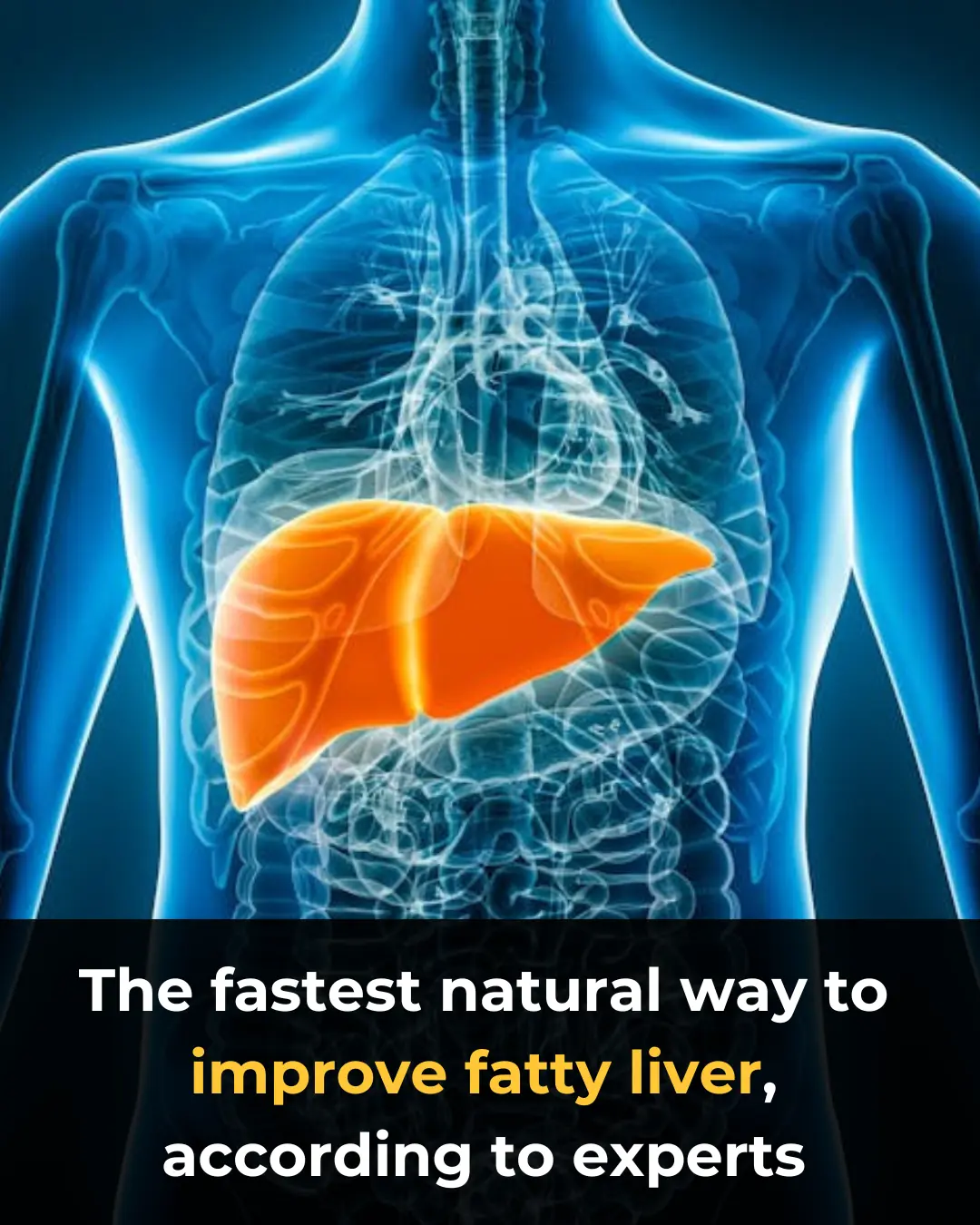
Denmark Reimagines Wind Turbine Blades as Durable Bike Shelters
Denmark Turns Wind Turbine Blades into Bike Shelters: A Clever Repurpose
Denmark has once again demonstrated its leadership in sustainable innovation by finding a creative solution to one of renewable energy’s growing challenges: wind turbine blade waste. As wind farms expand across Europe and around the globe, nations are grappling with how to handle the massive fiberglass blades that reach the end of their 20–25-year lifespan. In response, Denmark is pioneering a unique and practical approach—repurposing retired wind turbine blades into long-lasting, stylish bike shelters.
In the port city of Aalborg, engineers have transformed a decommissioned fiberglass blade—once spinning high above the North Sea—into a curved, weather-resistant bicycle shelter that shields commuters’ bikes from rain, wind, and harsh sunlight. The blade’s aerodynamic shape, structural strength, and built-in durability make it an ideal candidate for reuse in public infrastructure. This innovative shelter has become a striking example of circular design, turning an industrial component into a community asset.
Importantly, the Aalborg structure is not an isolated experiment. It is part of the larger Re-Wind Network, a collaborative research project involving partners in Denmark, Ireland, the United Kingdom, and the United States. The initiative explores how retired turbine blades can be reused in everything from pedestrian bridges to noise-barrier walls. Reports from the European Commission and studies published in journals like Resources, Conservation & Recycling highlight the difficulty of recycling blade materials, which typically consist of composite resins and fiberglass that cannot be melted down like traditional metals. The International Renewable Energy Agency (IRENA) estimates that by 2050, the world could accumulate up to 43 million tons of decommissioned wind turbine blades, underscoring the urgency of finding sustainable disposal alternatives.
Denmark, home to global wind-power leaders such as Vestas and Siemens Gamesa, is at the forefront of addressing this challenge. The Aalborg bike shelter was engineered by Brian Dalby Rasmussen, who collaborated with Siemens Gamesa and local blacksmiths to adapt the blade into a functional, safe, and visually appealing structure. According to engineers involved, the project achieved nearly 60% savings in material costs compared to building a conventional shelter from new steel or concrete—a significant benefit in addition to the environmental impact.
This creative reuse is already inspiring similar projects throughout Europe. In Ireland, retired blades have been integrated into playground mazes and artistic public installations. In the UK, researchers are examining the feasibility of using old blades for railway platforms and pedestrian walkways, taking advantage of their natural load-bearing properties. Media outlets like BBC News, Reuters, and Scientific American have reported on the growing global interest in wind-blade repurposing as an affordable and environmentally responsible alternative to landfill disposal, which can cost thousands of euros per blade.
Denmark’s circular approach reflects the country’s broader sustainability ethos—transforming what might once have been considered “junk” into functional, low-cost infrastructure that benefits local communities. By extending the useful life of turbine components, the country not only reduces waste but also lowers carbon emissions associated with manufacturing new construction materials.
As renewable energy capacity continues to grow worldwide, the question of how to manage aging turbine components will become increasingly important. Denmark’s forward-thinking initiative offers a glimpse of what the future of sustainable design may look like: one where every part of the energy system, from production to retirement, contributes to environmental stewardship. Innovations like these may ultimately redefine the full lifecycle of renewable energy technologies and inspire countries everywhere to rethink how industrial materials can be transformed, reused, and reintegrated into society.
News in the same category

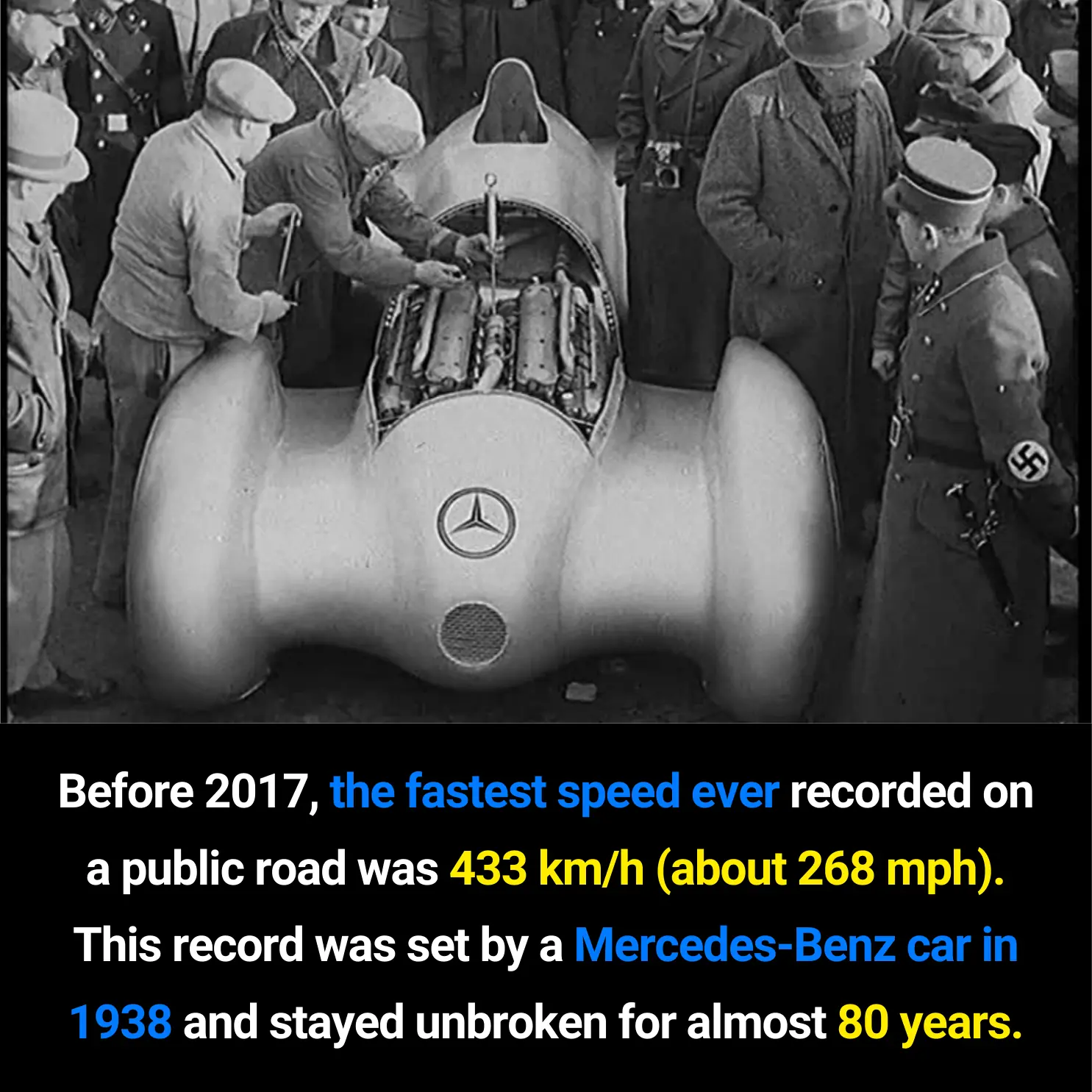
The Evolution of Public Road Speed Records: From the Mercedes-Benz W125 to the Koenigsegg Agera RS

New Antiviral Chewing Gum Made From Lablab Beans Shows Strong Virus-Neutralizing Potential in Lab Tests

Misconceptions That Turn Water Purifiers Into a Source of Illness — Stop Them Before They Harm Your Family
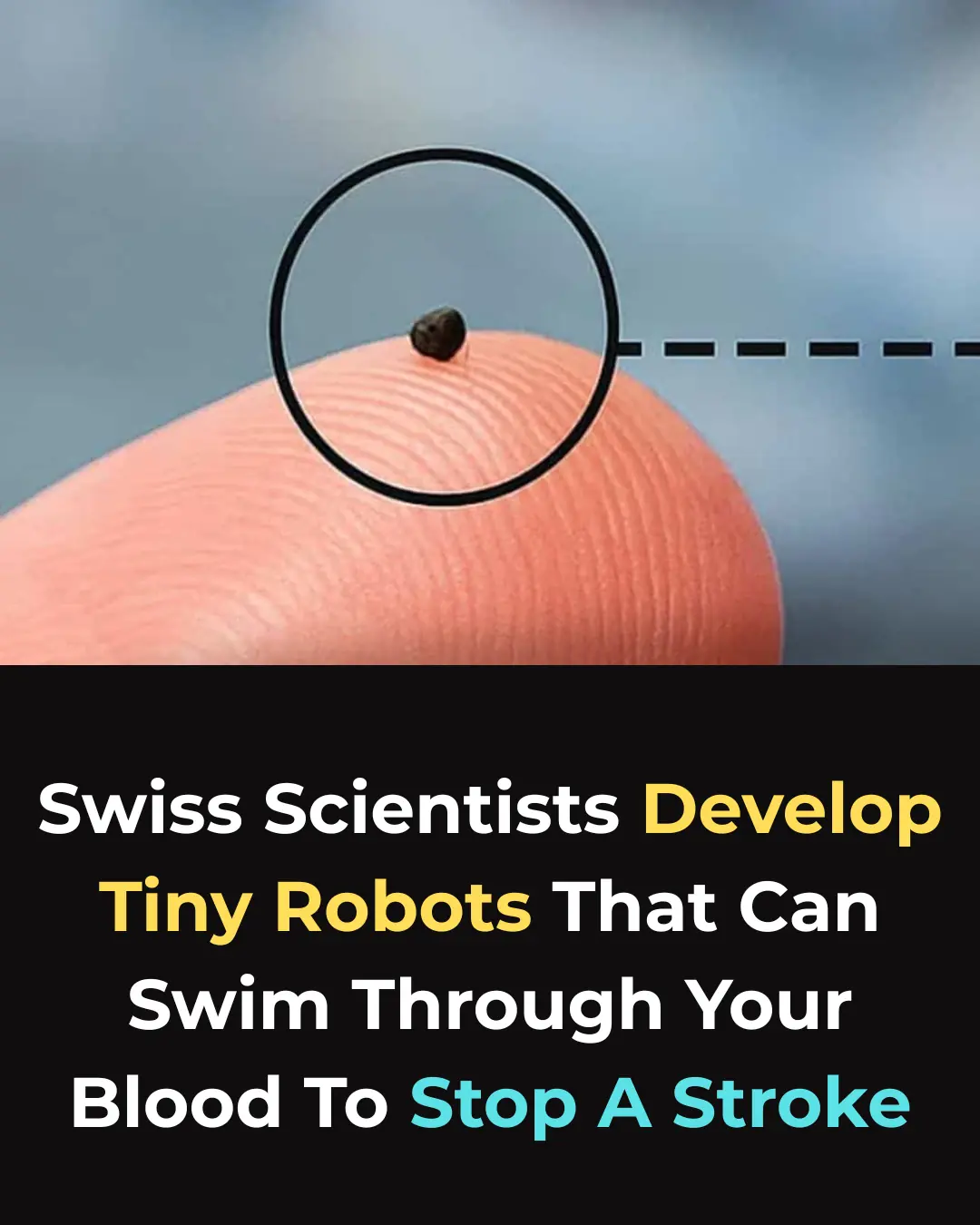
A New Breakthrough: Magnetic Microrobots Designed to Navigate Blood Vessels and Stop Strokes

A Dual Climate Solution: Solar Panels Over Canals Could Save Billions of Gallons of Water

Regenerative Medicine Milestone: Stem-Cell Trial Restores Motor Function in Paralyzed Patients
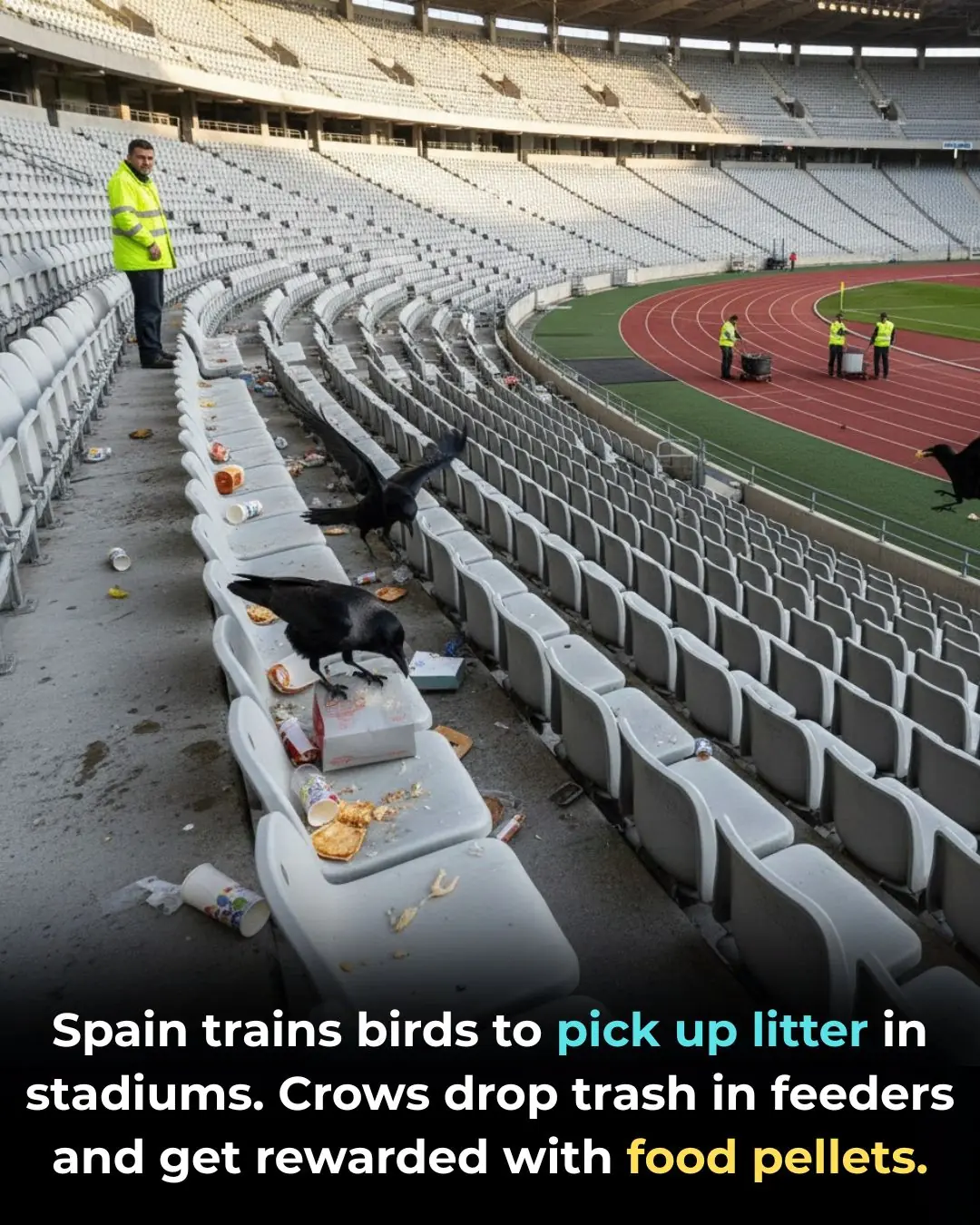
From Crow to Cleaner: How Feathered Geniuses Are Fighting Litter in Spain

Using Crow Intelligence to Fight Pollution: Inside Sweden’s Corvid Cleaning Project
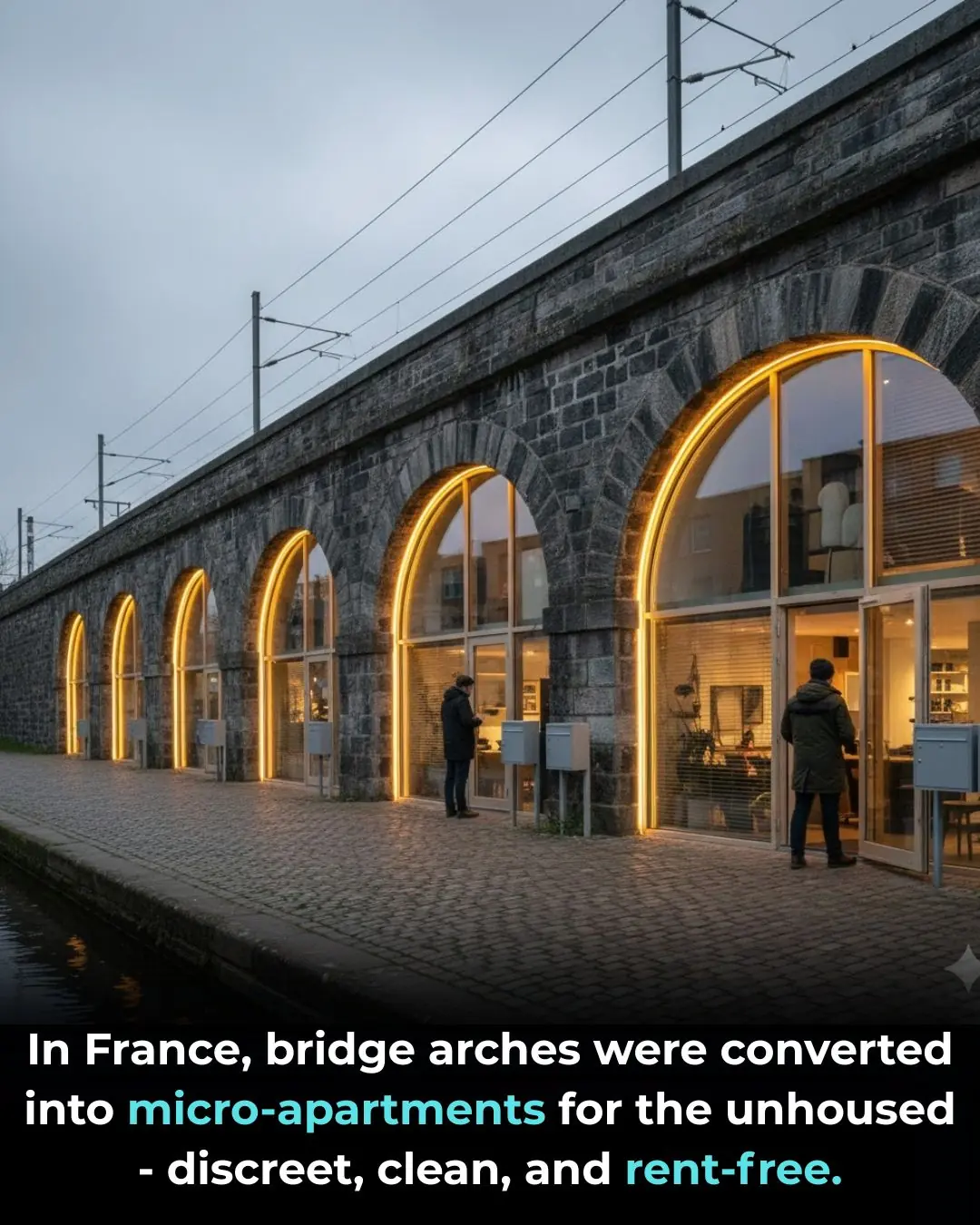
From Stone to Shelter: Innovative Housing Beneath France’s Historic Bridges
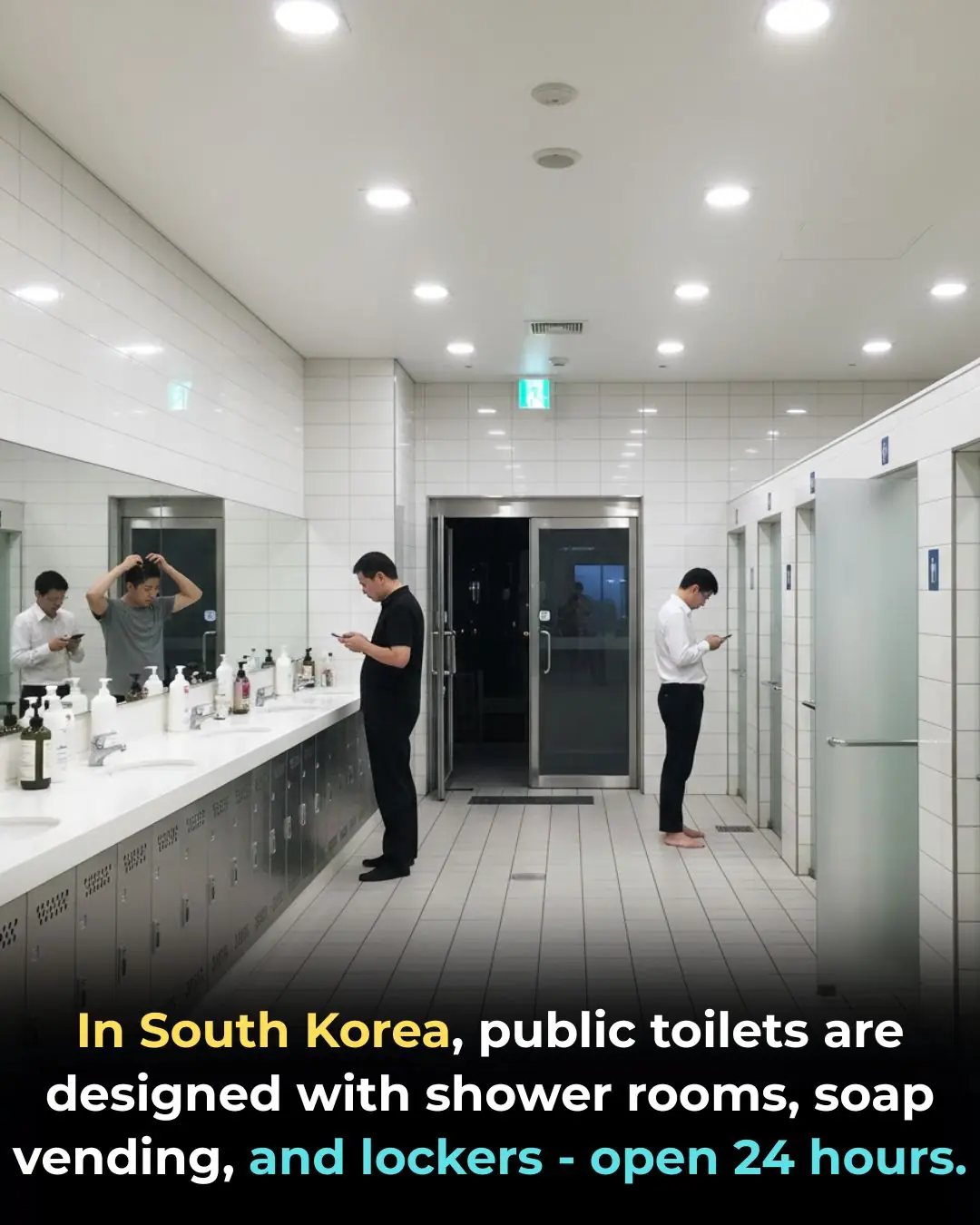
Redefining Public Restrooms in South Korea: Hygiene, Dignity, and Accessibility for All

How Cyclic Sighing Became One of the Most Effective Breathing Techniques for Reducing Anxiety

Hepatitis C Virus Detected in Brain Tissue: A Potential Link to Schizophrenia and Bipolar Disorder

Top 10 Safest Places if World War 3 Broke Out
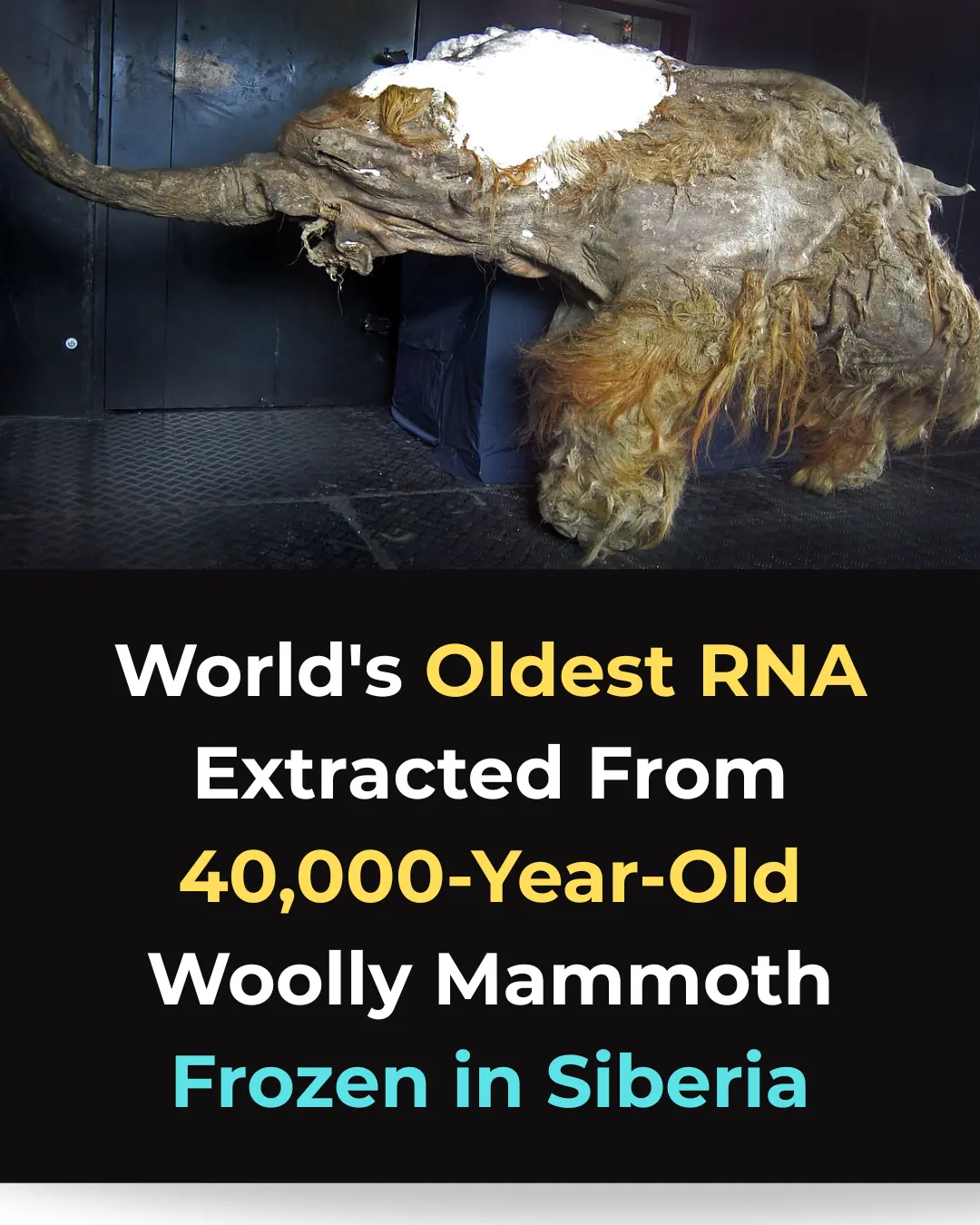
Scientists Sequence the World’s Oldest RNA from a 40,000-Year-Old Woolly Mammoth
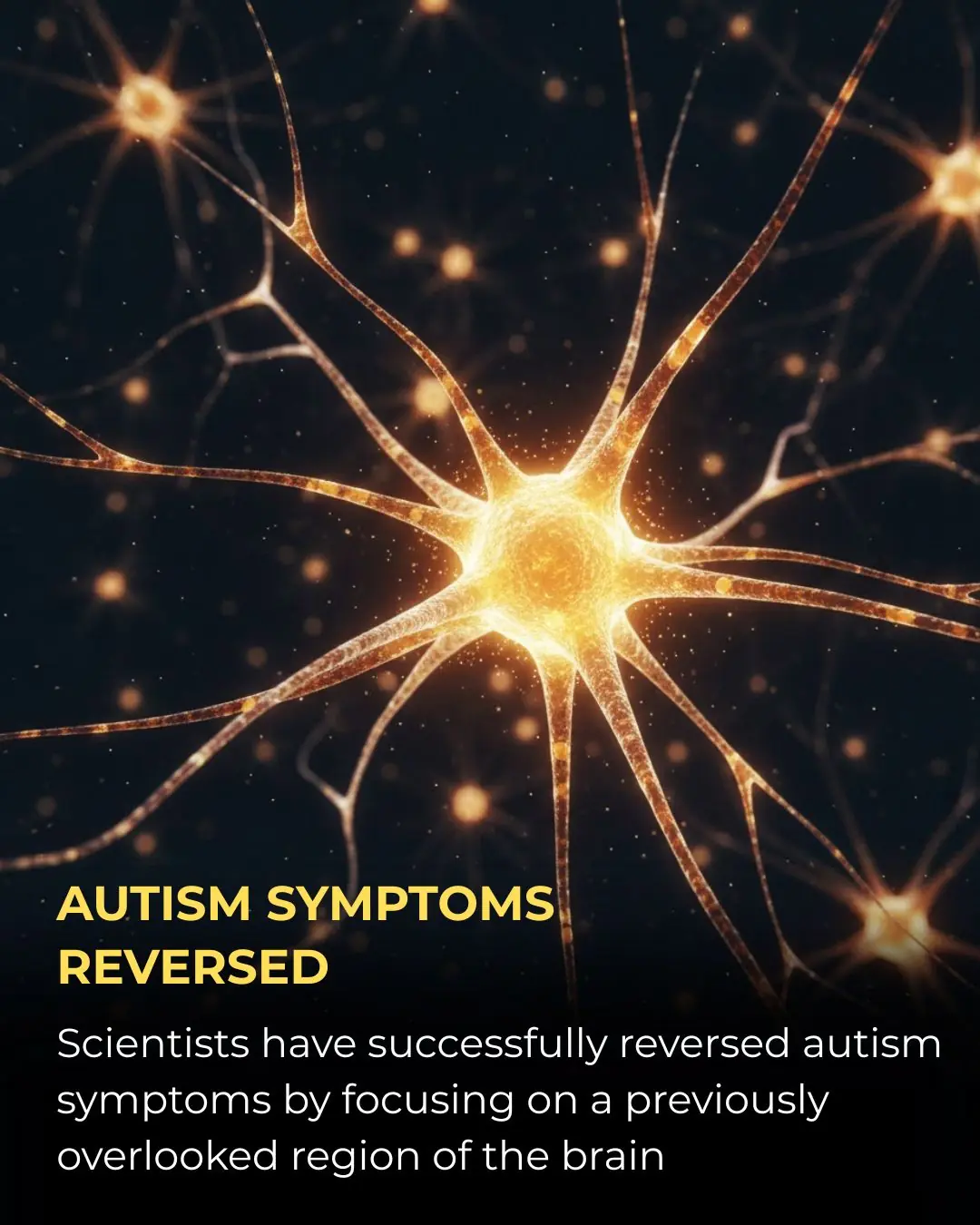
Novel Neural Pathway Identified as Key to Reversing Autism-Related Behaviors

Why seniors should keep their socks on even at home

What Once Seemed Impossible: Lab-Grown Spinal Cord Sparks Hope for Millions

Lab-Grown Spinal Cord Tissue Marks a New Era in Paralysis Treatment

How Hormonal Birth Control May Reshape the Brain: New Neuroscience Insights
News Post

The Day a Judge Broke Protocol to Protect a Child.

The Giant Who Rushed Home for a Bedtime Story.

The Day a Burned Little Boy Met His Hero in Blue.

The Princess Who Saved Her Father.

The Mailman Who Became Her Shelter.

Forty-Eight Hours of a Mother’s Love.

Jack Andraka: The 15-Year-Old Innovator Who Sparked a New Wave of Early Cancer Detection Research

The Evolution of Public Road Speed Records: From the Mercedes-Benz W125 to the Koenigsegg Agera RS

New Antiviral Chewing Gum Made From Lablab Beans Shows Strong Virus-Neutralizing Potential in Lab Tests

10 Effective Ways to Reduce Dust in Your Home – Keep Your Living Space Clean and Healthy

Misconceptions That Turn Water Purifiers Into a Source of Illness — Stop Them Before They Harm Your Family
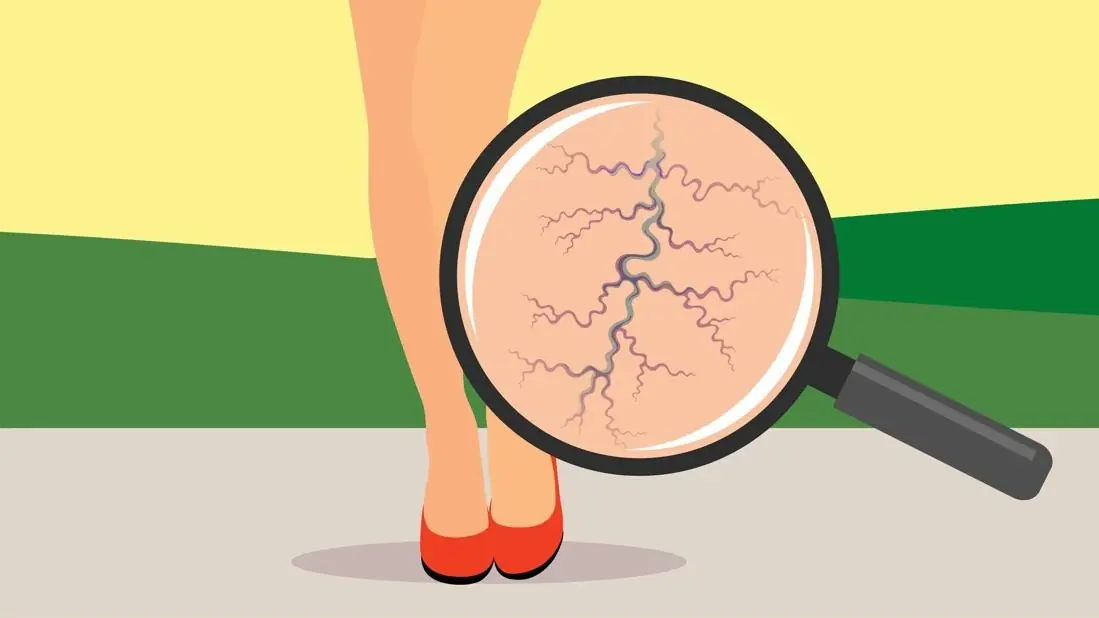
The Best Natural Remedies to Treat and Prevent Varicose Veins Effectively
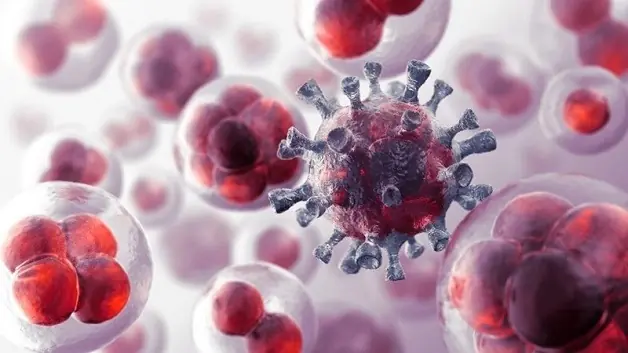
People Who Do This Every Morning Have Better Circulation and More Energy
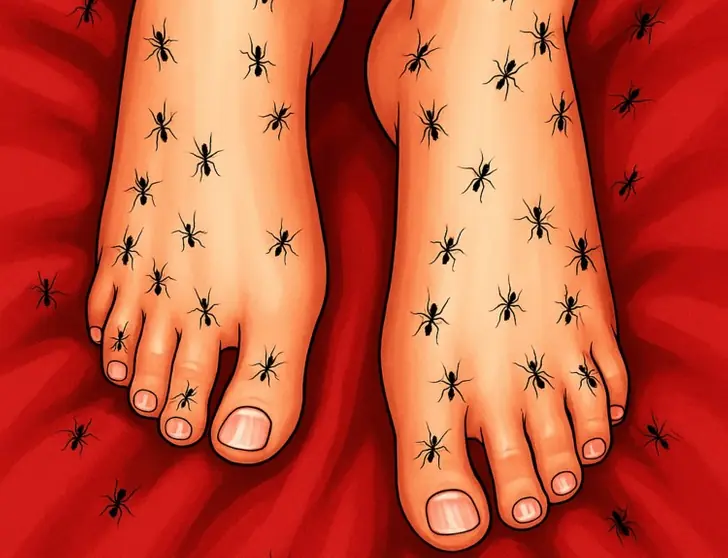
The hidden signs your body sends before diabetes strikes

Vaseline Uses and Benefits for Skin, Lips, and Hair

10 simple ways to reduce dust at home that most people overlook

You’re Doing It All Wrong: Here’s the Right Way to Defrost Frozen Pipes

7 Powerful Fruits to Preserve Muscle Strength and Energy After 50

I Didn’t Know!
